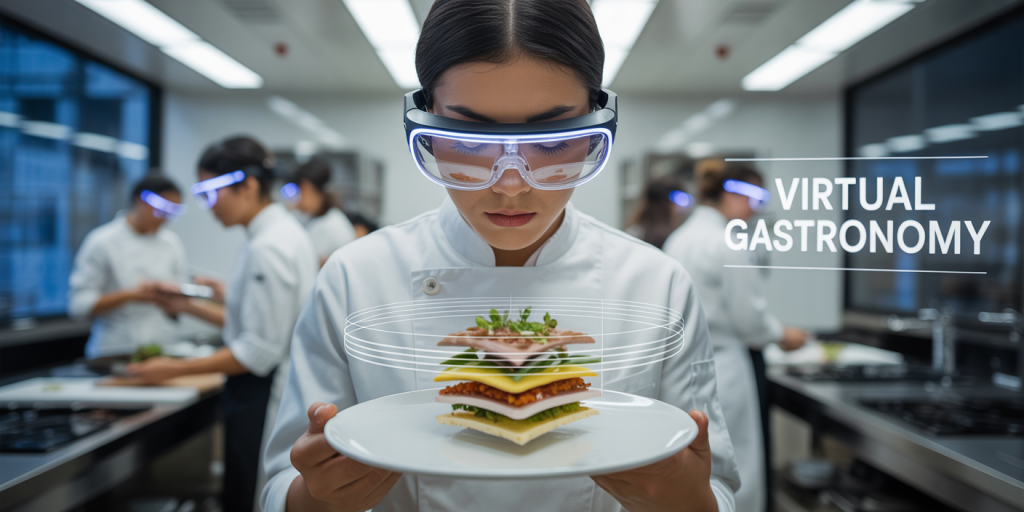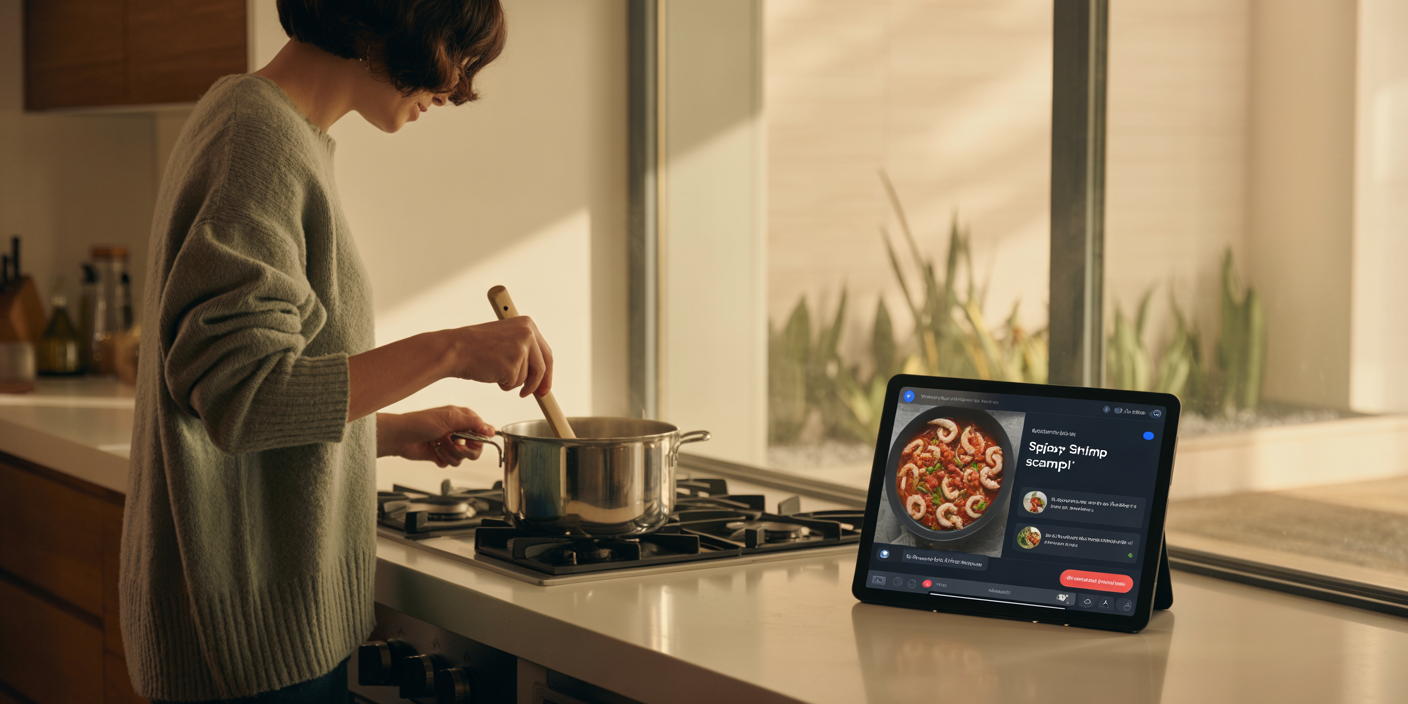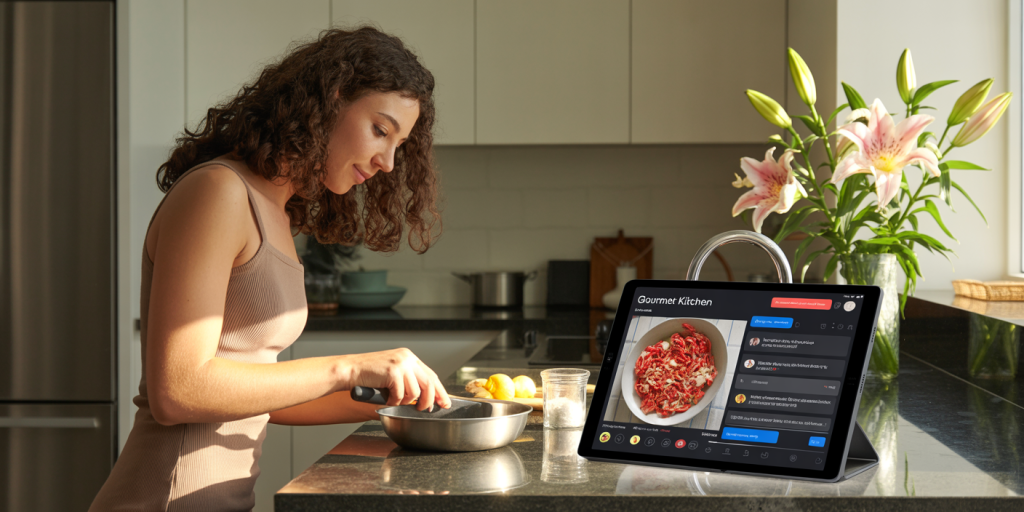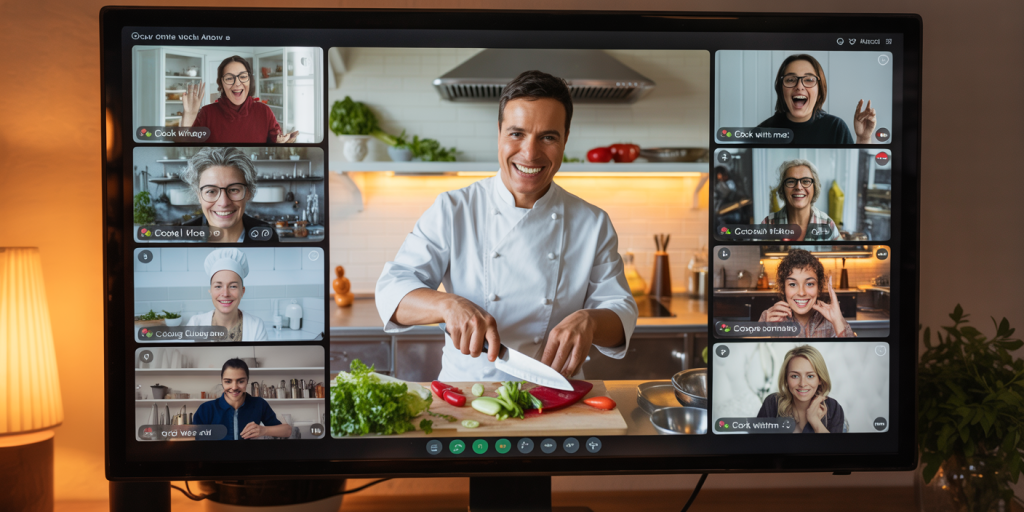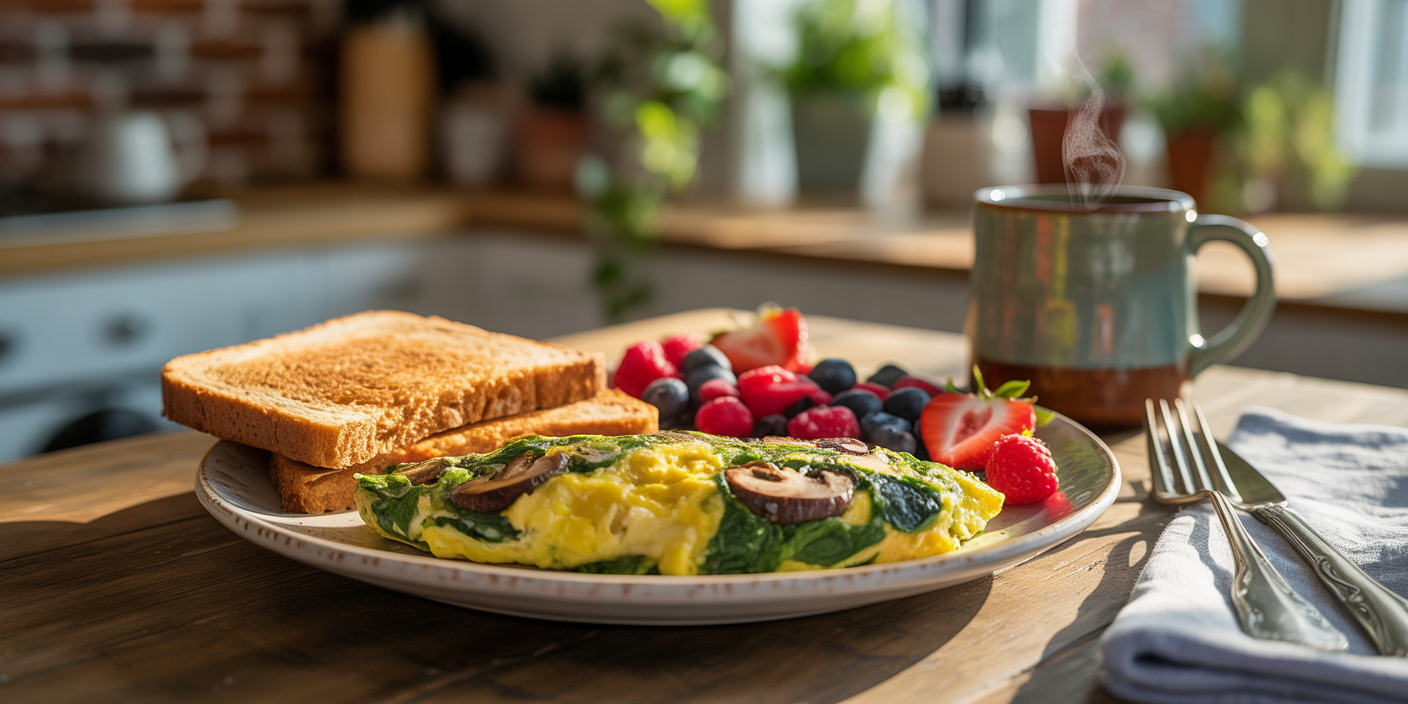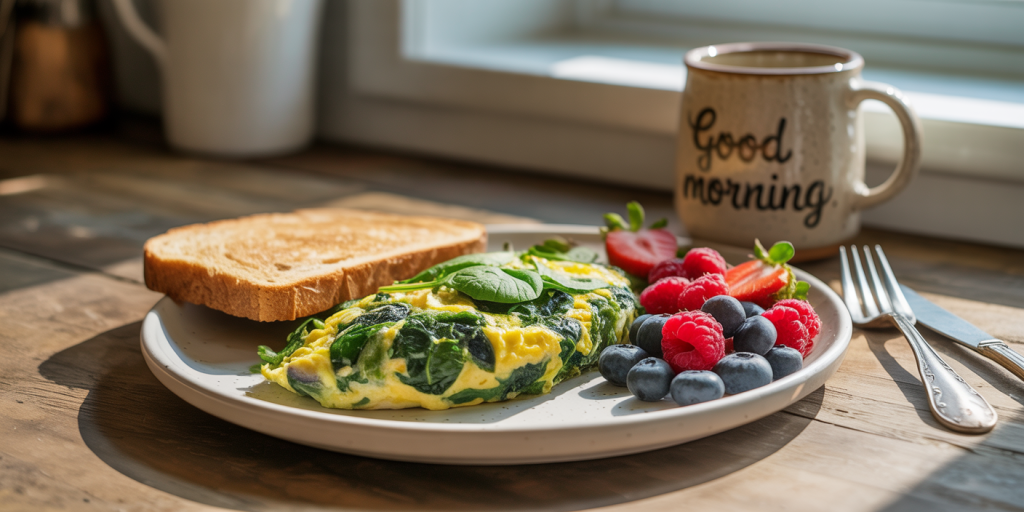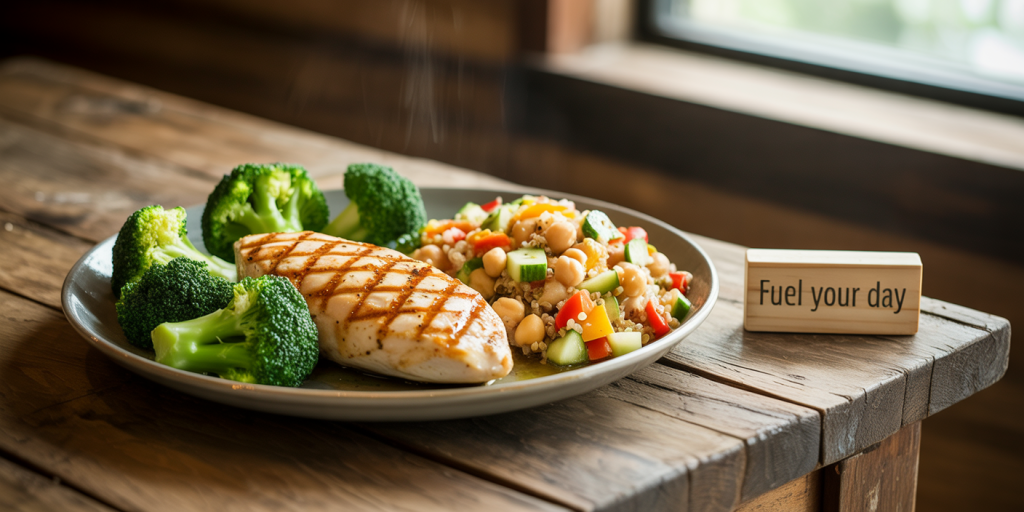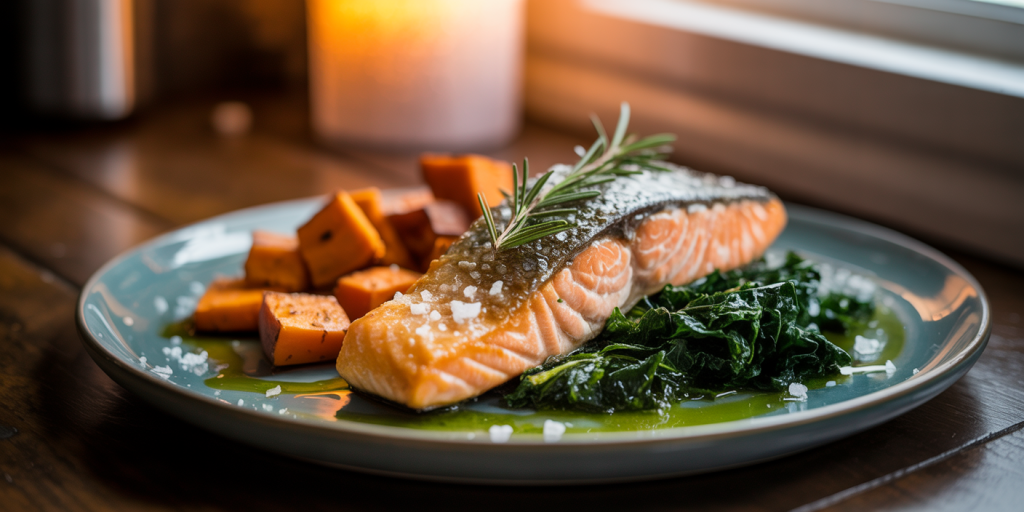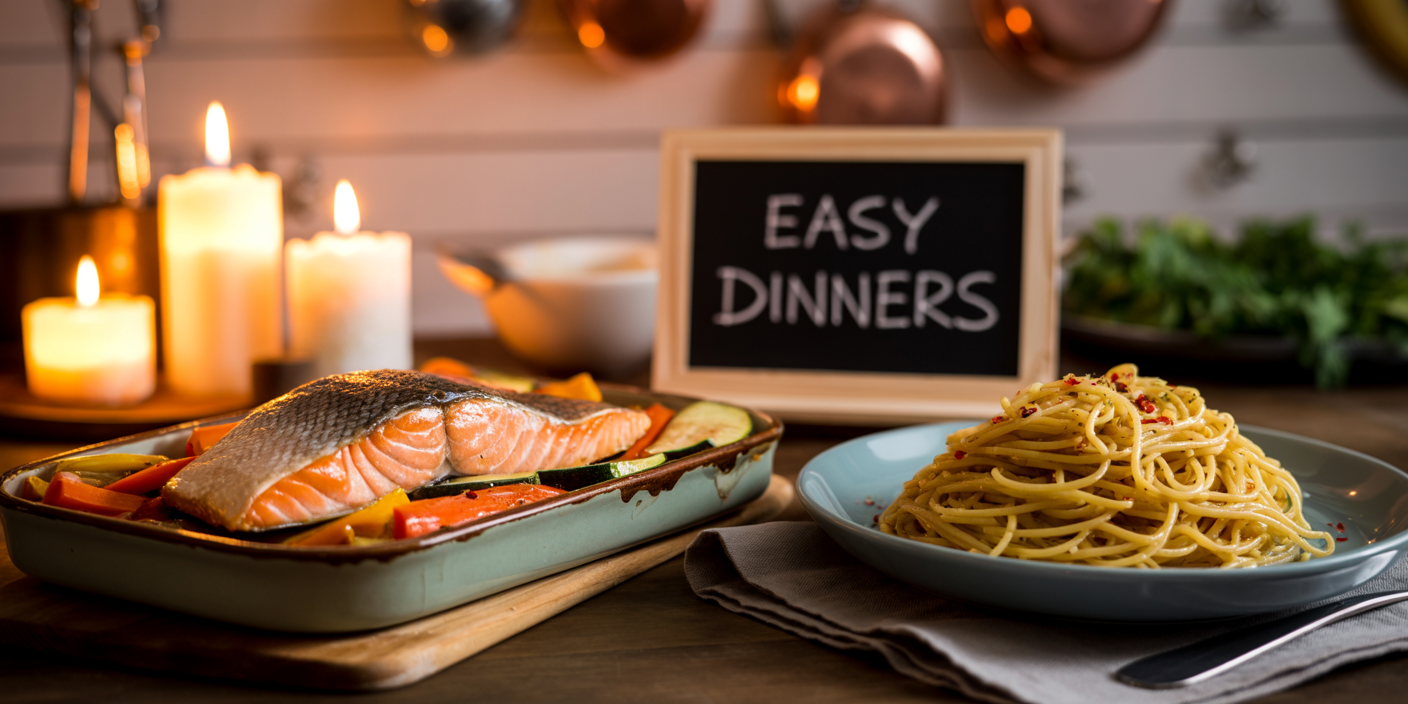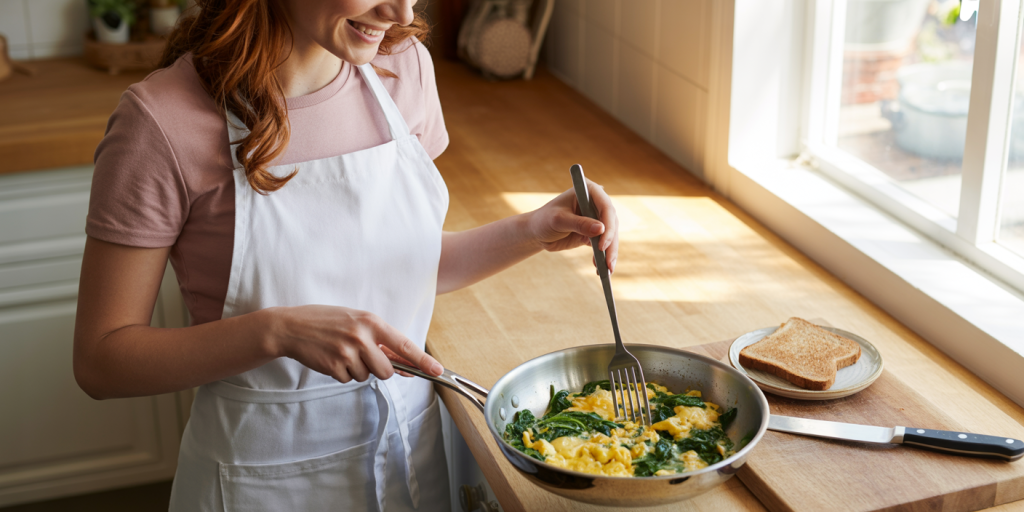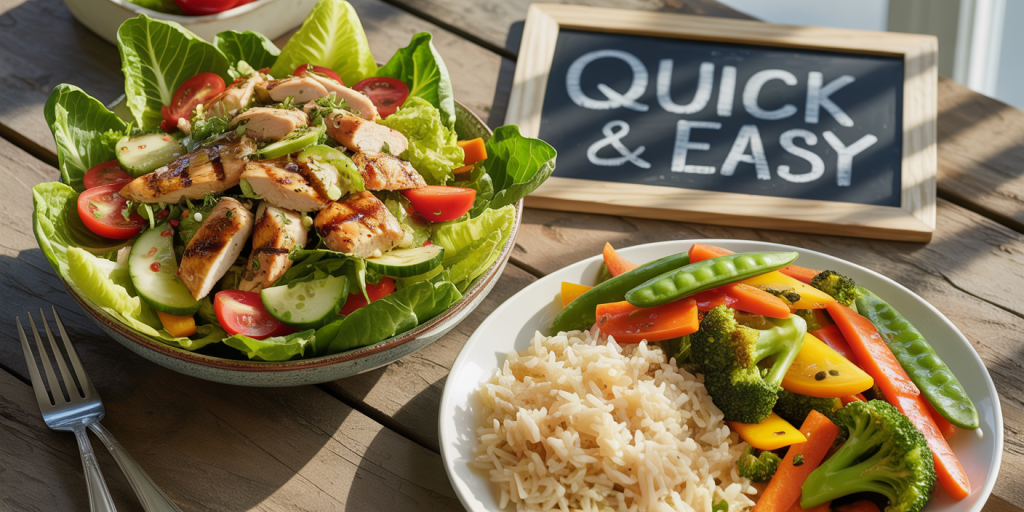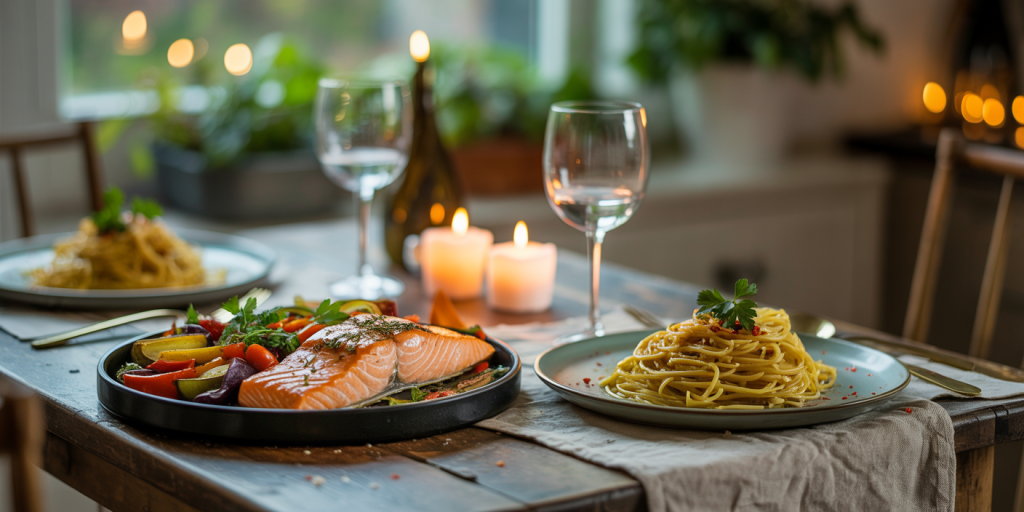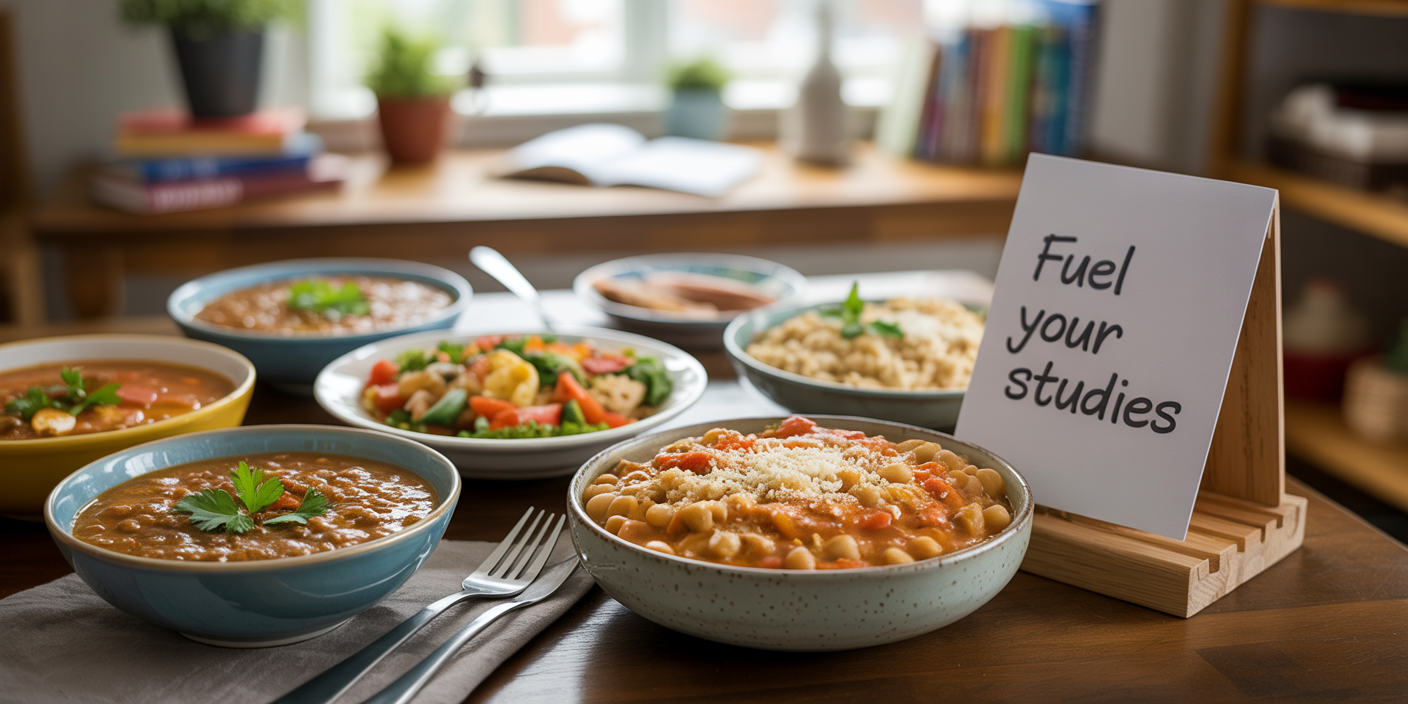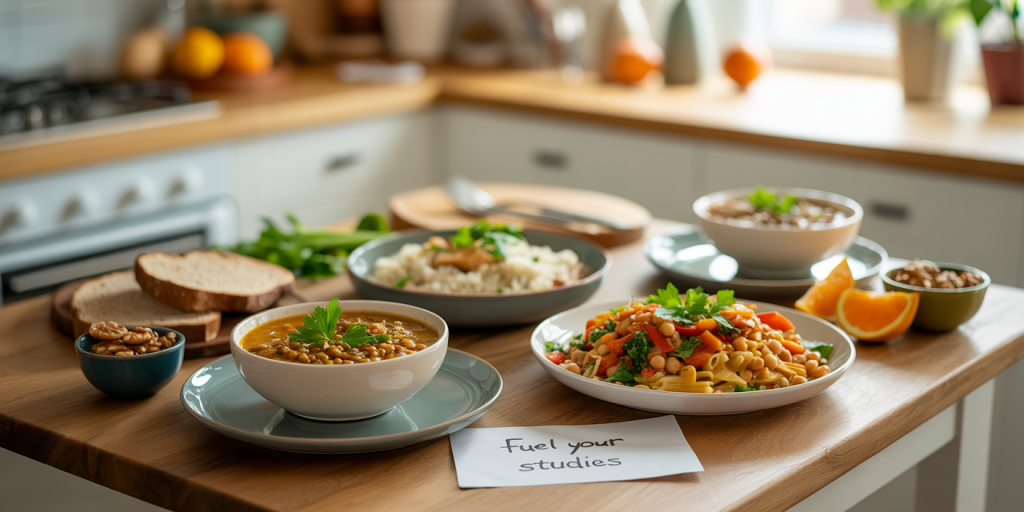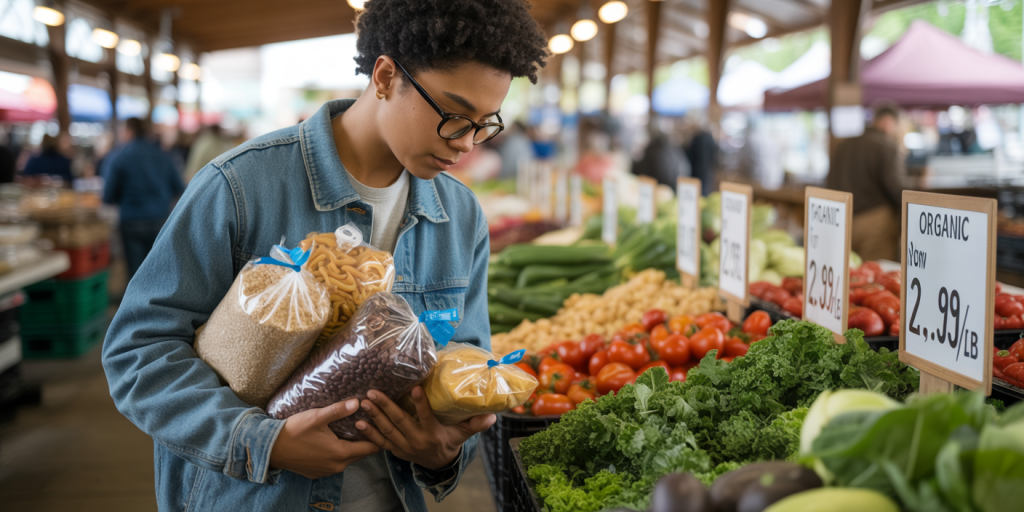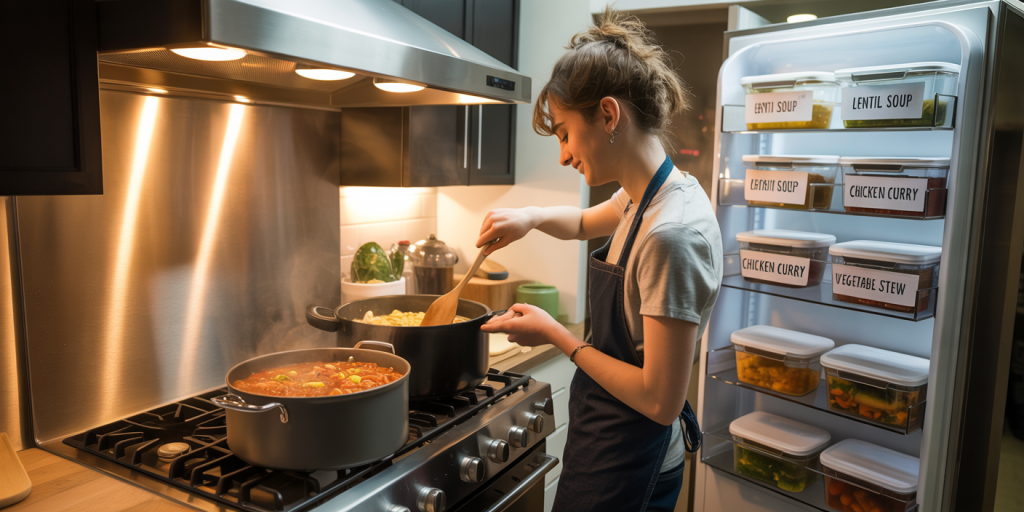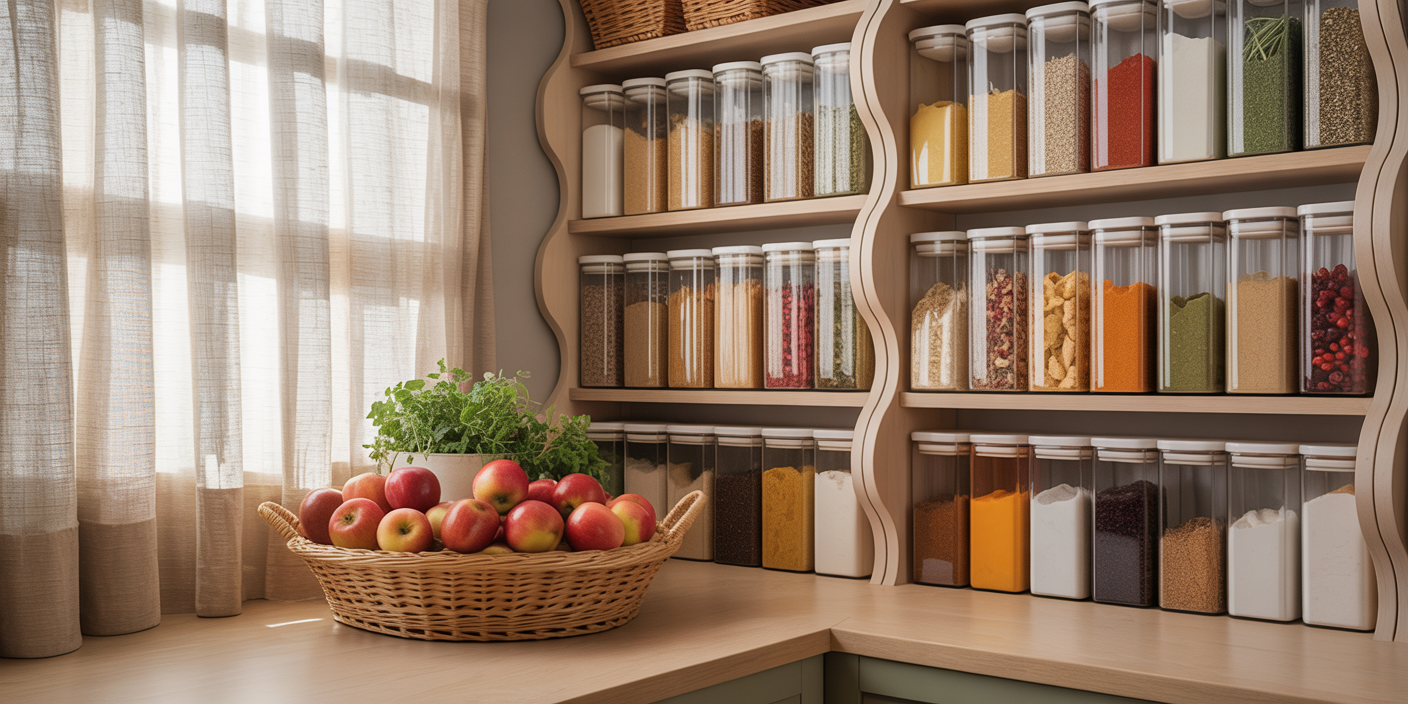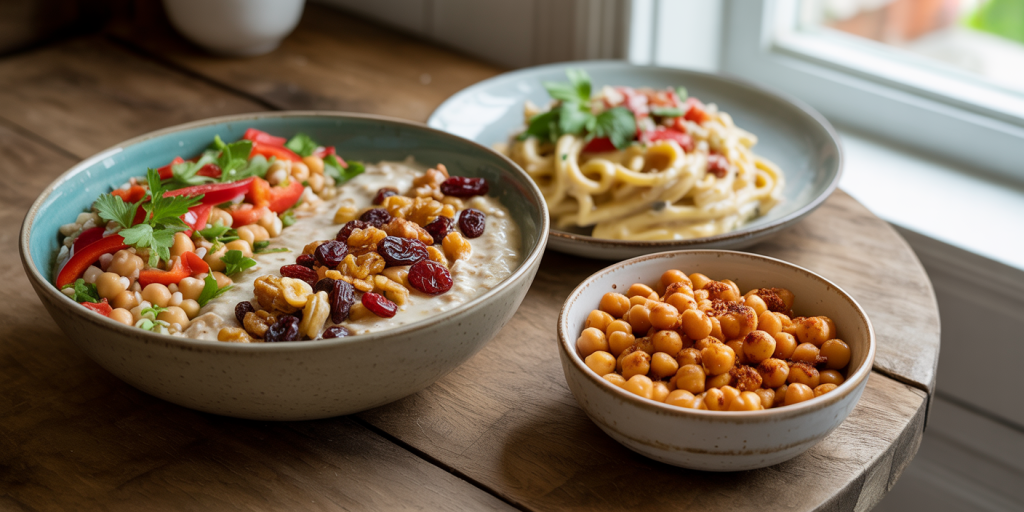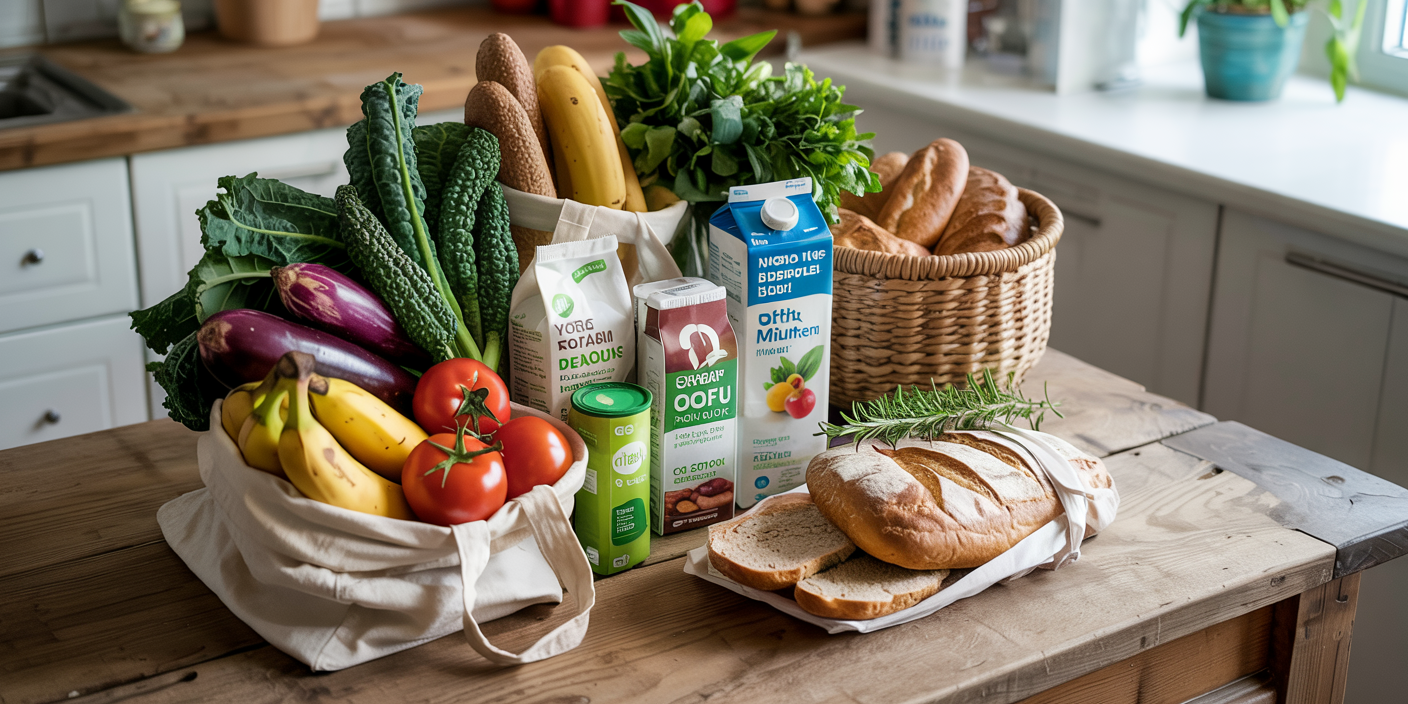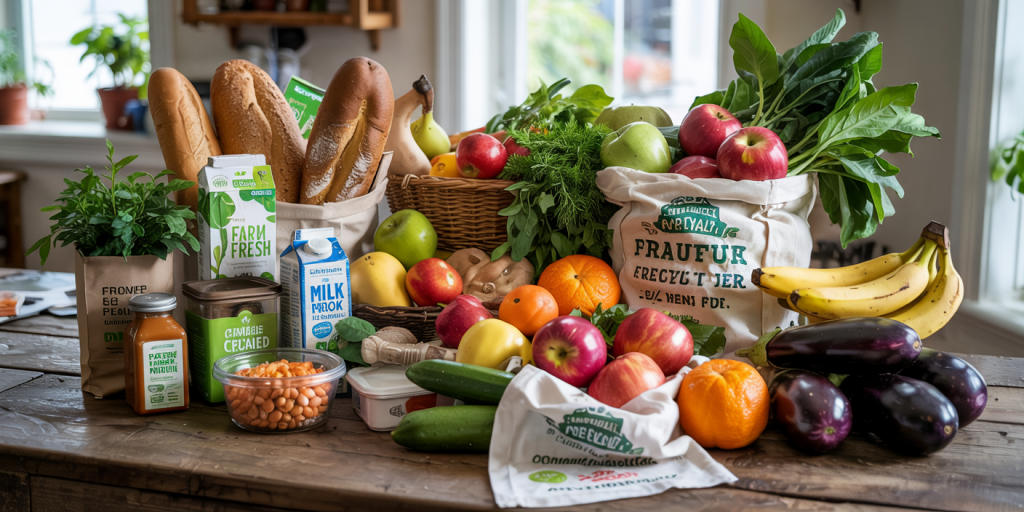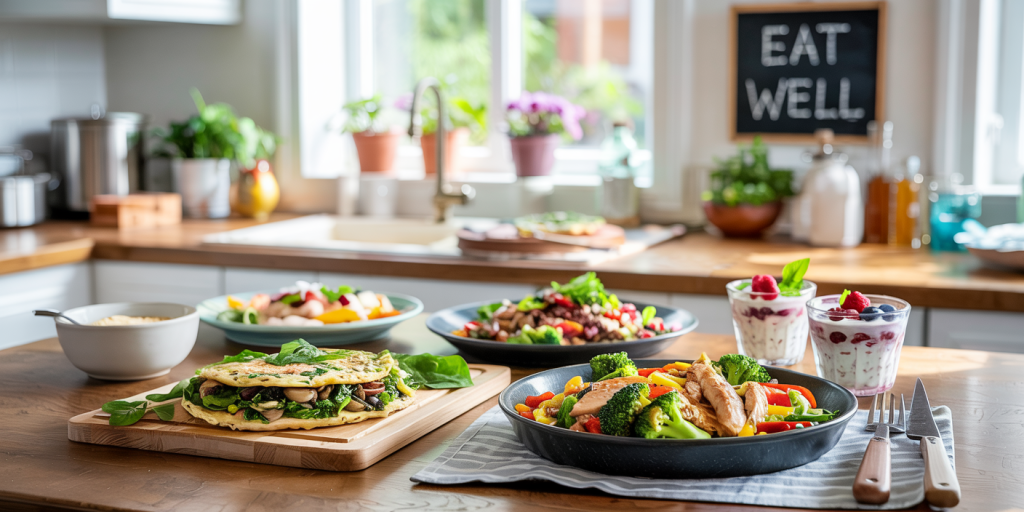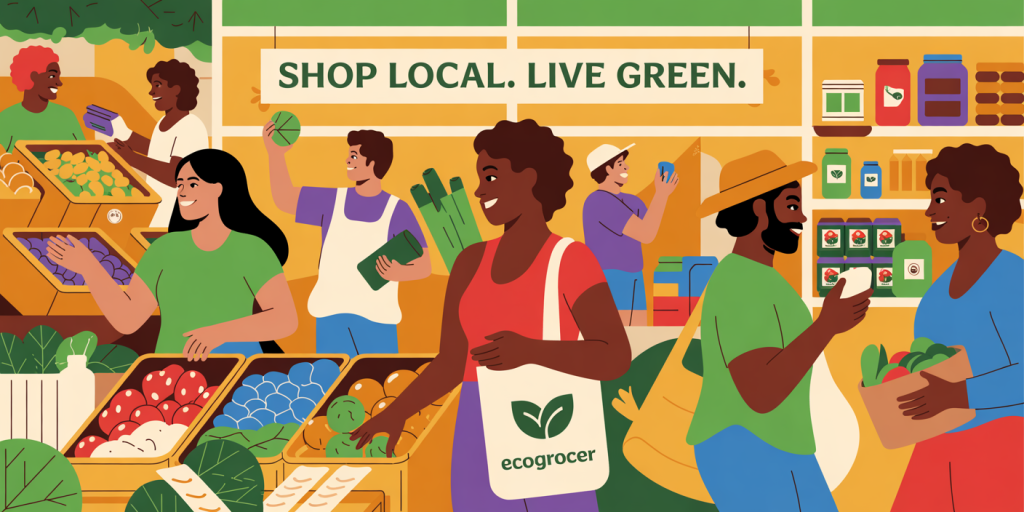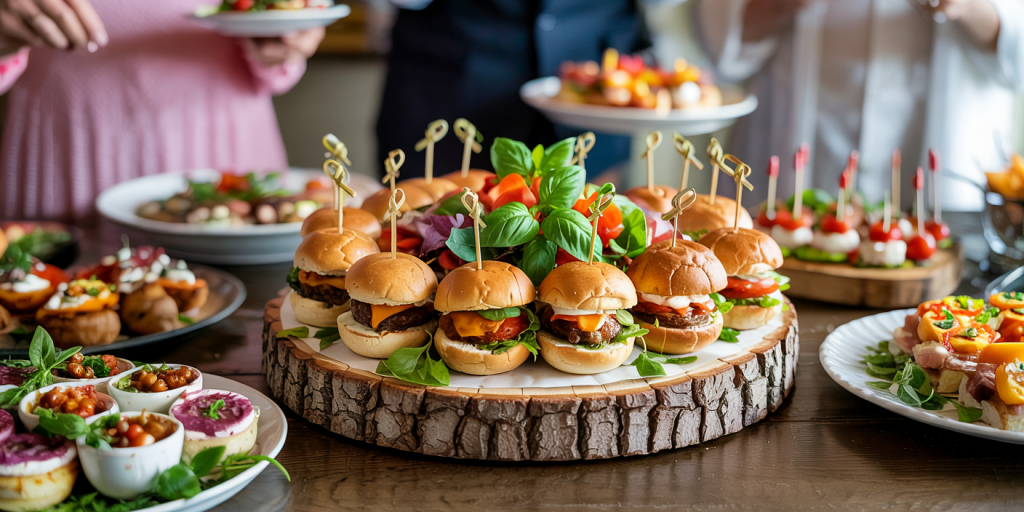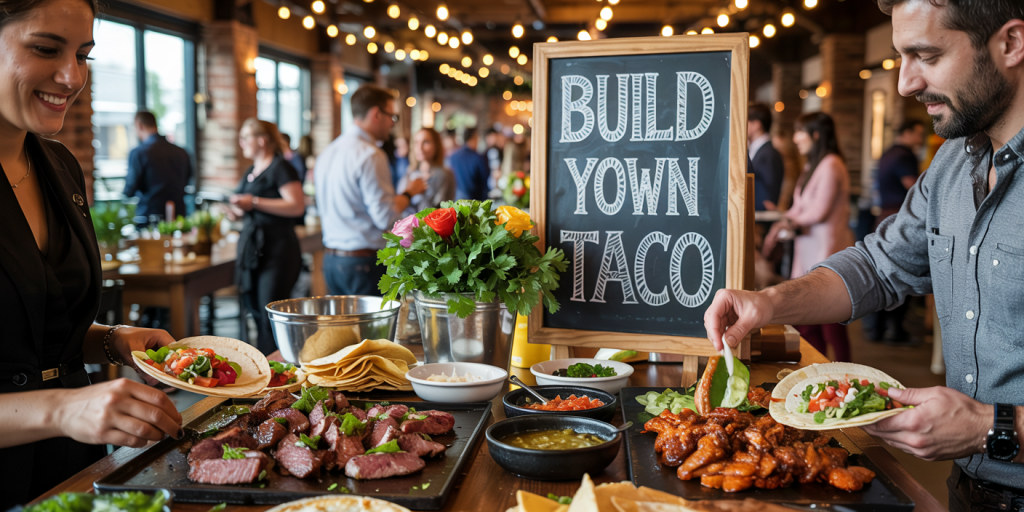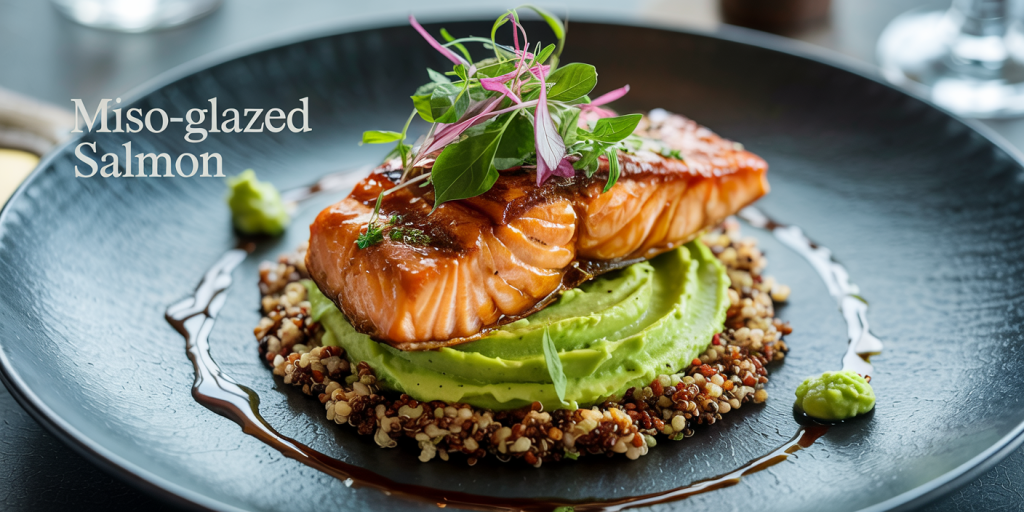The debate between homemade and store-bought food has long intrigued culinary enthusiasts, nutrition experts, and everyday consumers alike. As convenience culture intensifies and the food industry continues to innovate, many face the decision between preparing meals at home or opting for pre-packaged, store-bought options. This article explores the nuances of taste, nutritional value, cost-effectiveness, and overall satisfaction by conducting a comprehensive taste test comparison between homemade and store-bought foods.
The Rise of Convenience and Its Impact on Food Choices
In the fast-paced world of today, convenience often dictates our food preferences. According to a 2023 report by Statista, nearly 55% of Americans rely on pre-packaged or ready-to-eat meals at least twice a week. This trend stems from busy lifestyles, a growing gig economy, and the increasing availability of gourmet store-bought products. However, amidst this shift, the homemade meal segment retains its loyal following, frequently associated with freshness, customization, and control over ingredients.
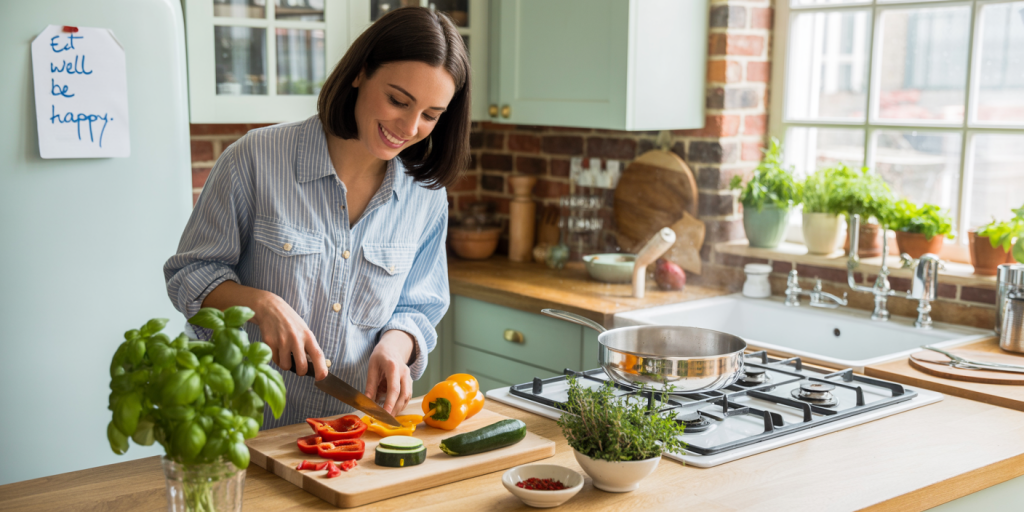
Homemade meals allow individuals to tweak recipes according to dietary needs or taste preferences—something challenging to achieve with store-bought products that cater to mass tastes. While grocery aisles overflow with ready meals boasting extended shelf lives and varied flavor profiles, they usually come with trade-offs: preservatives, high sodium levels, and sometimes lower nutrient density. Hence, understanding the distinctions between homemade and store-bought meals can guide consumers in making better-informed decisions.
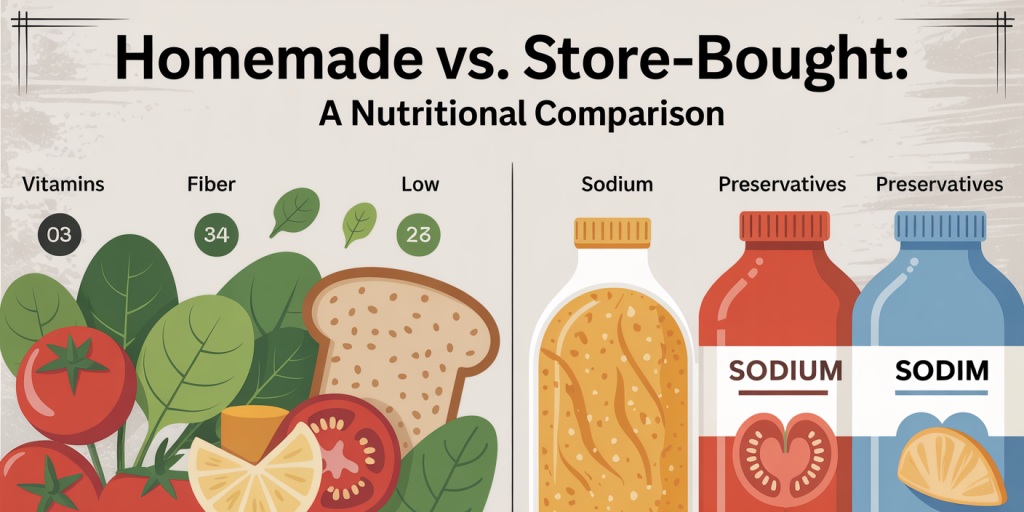
Flavor Profiles: Homemade Creativity vs. Store-Bought Consistency
One of the most subjective yet critical factors in the homemade versus store-bought debate is flavor. Homemade food often boasts a richer flavor profile, largely because the cook can balance spices and herbs, adjust seasoning, and use fresh ingredients. Take, for example, a classic tomato-based pasta sauce. Homemade versions usually feature ripe tomatoes, fresh basil, garlic, and olive oil, resulting in a brighter, more layered taste.
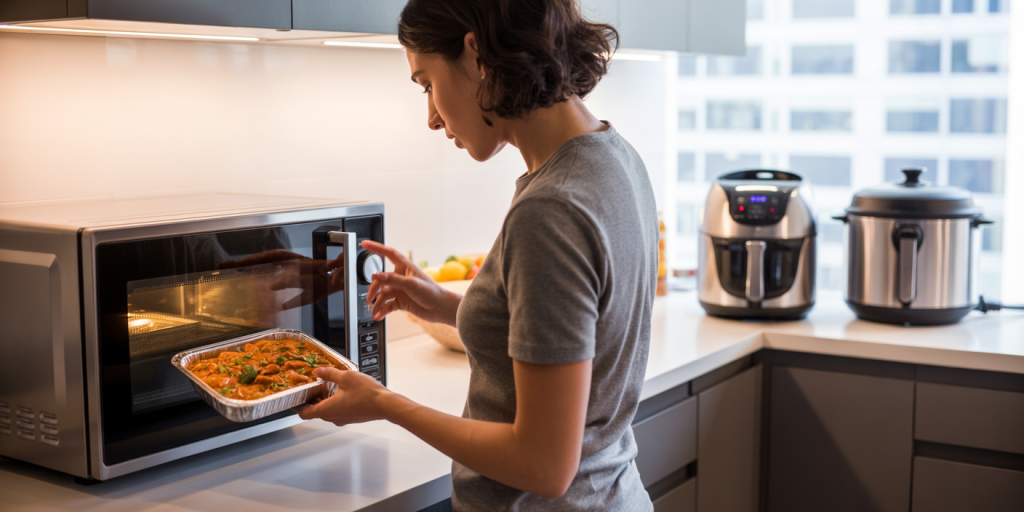
Conversely, store-bought sauces aim for mass appeal. Their flavor profile is consistent but may lean on sugar, salt, and preservatives for shelf stability. A blind taste test involving 50 participants conducted by Consumer Reports in 2022 highlighted that 68% preferred homemade pasta sauce over three leading store brands. Participants noted that homemade samples had “more depth and freshness,” while store-bought sauces were described as “one-dimensional.”
The same pattern was observed with baked goods like bread and cookies. Homemade bread, such as sourdough or multigrain loaves, offers a complex crumb texture and aroma that most commercial loaves cannot replicate. Store-bought bread, however, delivers reliable texture and extended freshness thanks to additives but may lack the appeal of freshly prepared bakery items.
| Food Item | Preference for Homemade (%) | Preference for Store-Bought (%) | Key Flavor Differences |
|---|---|---|---|
| Pasta Sauce | 68 | 32 | Fresh herbs, less sugar vs. sweeteners |
| Bread | 72 | 28 | Crustiness, aroma vs. softness, preservatives |
| Chocolate Chip Cookies | 65 | 35 | Freshness, chewy vs. consistency, shelf life |
Nutritional Value: Homemade Wins the Health Game
Nutrition is another dimension where homemade meals generally outshine store-bought fare. Most commercially prepared foods undergo processes that strip away nutrients or involve additives to enhance preservation. Homemade cooking enables control over ingredients, portion sizes, and cooking methods, which can lead to healthier outcomes.
A study published in the Journal of Nutrition & Food Sciences (2021) compared nutrient profiles of homemade and store-bought versions of five popular dishes, including soups, casseroles, and snacks. The findings indicated that homemade meals had 25%-40% higher levels of vitamins (A, C, and D), fiber, and essential minerals like potassium and magnesium. Store-bought items contained higher sodium and saturated fat levels, often exceeding recommended daily intake limits.
An illustrative example is homemade chicken soup versus canned chicken soup. Homemade soup typically includes fresh vegetables, lean protein, and minimal salt, resulting in a nutrient-dense and hydrating meal. Canned soups, by contrast, generally feature added sodium and preservatives to achieve a long shelf life.
Moreover, homemade meals align better with dietary trends such as whole food, plant-based diets, and gluten-free lifestyles, as individuals can easily adjust recipes to exclude allergens or unwanted ingredients. Conversely, despite advances, some store-bought foods have struggled to innovate quickly enough to meet personalized nutrition needs.
Economic Analysis: Comparing Costs and Savings
Price is a decisive factor for many consumers when choosing between homemade and store-bought options. At first glance, store-bought foods seem more affordable, especially when considering time savings and convenience. However, a closer look at unit costs and nutritional yield often tells a different story.
Data from the USDA Economic Research Service (2023) reveals that cooking at home saves an average of $6-$8 per meal compared to dining out, and store-bought convenience foods usually cost 20%-30% more than the raw ingredients required to make the same dishes from scratch. However, when factoring in potential food waste, bulk buying options, and time costs, the economics become more nuanced.
Consider homemade pizza versus frozen pizza. A frozen pizza averaging $7 delivers one meal for two, whereas ingredients for a homemade pizza (flour, yeast, cheese, tomato sauce, toppings) might cost closer to $10 but produce three to four servings, bringing the per-serving cost down to approximately $2.50-$3.
| Meal Type | Average Cost per Serving (Homemade) | Average Cost per Serving (Store-Bought) |
|---|---|---|
| Pasta | $1.50 | $3.75 |
| Frozen Pizza | $2.75 | $3.50 |
| Chicken Soup | $1.25 | $3.00 |
Furthermore, homemade meals often provide leftovers, extending value, and enabling meal prep for future use. When aligning cost analysis with nutritional benefits, homemade cooking emerges as a clear winner for budget-conscious, health-minded individuals.
Convenience and Time: Store-Bought Takes the Lead
Despite the culinary and nutritional advantages of homemade meals, time constraints remain a critical barrier. The average American adult spends roughly 27 minutes per day cooking and cleaning, down from 43 minutes in the 1960s, according to the Bureau of Labor Statistics. Store-bought foods can significantly reduce meal preparation time, sometimes requiring only reheating or minimal assembly.
Store-bought ready meals, such as microwaveable entrees and pre-cut salads, appeal to those juggling work, family, and other obligations. This convenience-driven purchase habit has contributed to a $27 billion ready-meal market in the U.S. alone (MarketWatch, 2023). For example, frozen lasagna requires only heating, which can take under 10 minutes, versus a homemade lasagna, which often demands 1.5 to 2 hours.
On the other hand, advancements in kitchen appliances like slow cookers, air fryers, and instant pots have reduced home cooking times significantly. Moreover, batch cooking and meal prepping are gaining popularity, allowing homemade meals to blend convenience with quality.
Ultimately, while store-bought meals offer unmatched speed, innovative home cooking strategies are bridging the convenience gap without sacrificing flavor or nutrition.
Environmental and Sustainability Considerations
Environmental impact is increasingly relevant in food choices, influencing taste test conclusions indirectly. Homemade meals typically generate less packaging waste and provide opportunities to use local, seasonal ingredients, supporting sustainable agriculture.
A 2022 study by the Environmental Working Group highlighted that store-bought processed foods contributed 30% more to greenhouse gas emissions than equivalent homemade dishes due to production, packaging, and transportation. Additionally, single-use plastics in convenience packaging escalate landfill overflow and ocean pollution problems.
Conversely, homemade cooking allows better food waste management. Scraps can be composted, leftovers stored efficiently, and portion sizes customized, reducing the chance of uneaten food. Several municipalities offer composting programs and incentives for home gardeners, which can synergize with homemade food preparation to promote sustainability.
That said, resource use in preparing homemade food—energy for cooking, water consumption—varies and must be optimized to maximize sustainability benefits. Meanwhile, some store-bought brands have made environmental commitments by incorporating eco-friendly packaging and sourcing sustainable ingredients, slowly shifting the landscape.
Looking Ahead: Innovations Shaping the Homemade vs. Store-Bought Landscape
The future of eating could blur traditional lines between homemade and store-bought food. Technology is empowering consumers with smart kitchen gadgets connected to apps, providing guided recipes, automatic ingredient delivery, and even AI-driven cooking assistance. For example, companies like June Oven and Thermomix have revolutionized home cooking through programmable multi-functional appliances.
Simultaneously, the store-bought sector is evolving with ready-to-cook meal kits offering fresh ingredients, pre-portioned for quick assembly, and recipes designed to deliver homemade-quality taste without the shopping hassle. Blue Apron and HelloFresh have capitalized on this hybrid model, experiencing a compound annual growth rate (CAGR) of 15% over the past five years (Forbes, 2024).
Advancements in plant-based meat alternatives and clean-label preservatives also promise healthier and tastier store-bought products, narrowing some traditional gaps with homemade versions. Additionally, 3D food printing and cellular agriculture could redefine what “homemade” means in the future, merging technology with culinary arts.
Ultimately, with evolving consumer priorities emphasizing health, convenience, sustainability, and personalization, the marketplace is likely to offer increasing choices that combine the best of both worlds.
—
By juxtaposing taste, nutrition, cost, convenience, and sustainability, it is evident that homemade meals often provide superior flavor, health benefits, and environmental advantages, albeit at the expense of time. On the other hand, store-bought foods excel in speed and consistency, catering well to busy lifestyles. The choice depends on individual priorities, but ongoing innovations suggest a future where personalized, tasty, and nutritious meals can be both homemade in spirit and store-bought in convenience.



